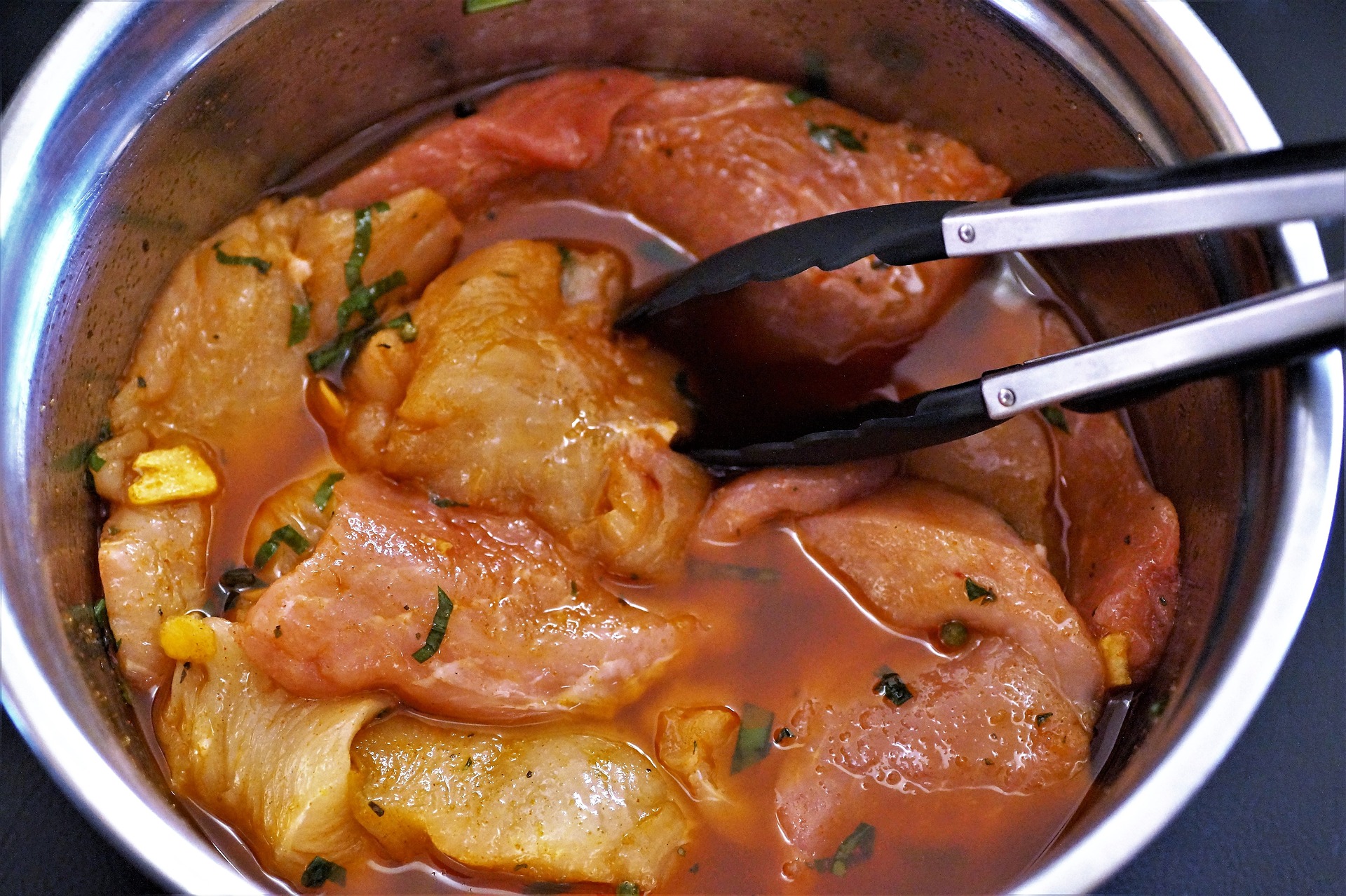Adobo is an important part of Filipino cuisine, and it has been passed down through generations of families. The dish has a rich history and is believed to have originated in the Spanish colonial period, when Spanish soldiers introduced the concept of using vinegar and garlic to preserve meat. Over time, the dish evolved to incorporate local ingredients and flavors, and it has become a staple in Filipino cuisine.
In addition to its historical significance, Adobo is also an important part of Filipino cultural identity. The dish is often served on special occasions and is considered a comfort food for many Filipinos. The combination of flavors in Adobo is representative of the cultural diversity of the Philippines, as it incorporates both Spanish and indigenous ingredients. The dish is a symbol of the resilience and adaptability of the Filipino people and their ability to create something new and delicious from what was once a simple preservation method.
Adobo is a versatile dish that can be made with a variety of meats, including chicken, pork, beef, or seafood. It can also be prepared with different variations, such as using coconut milk to add a rich, creamy flavor or adding diced potatoes or carrots to the sauce to create a heartier dish. Despite these variations, the basic ingredients and preparation methods remain the same, which makes Adobo a staple in Filipino households.
In conclusion, Adobo is a traditional dish from the Philippines that is widely recognized as one of the country’s national dishes. The dish is made by cooking meat, typically chicken or pork, in a mixture of soy sauce, vinegar, garlic, and bay leaves. Adobo is an important part of Filipino cuisine and cultural identity, and it is a versatile dish that can be made with a variety of meats and variations. Whether served on special occasions or as a comfort food, Adobo is a delicious and flavorful dish that is loved by Filipinos and enjoyed by people around the world.








